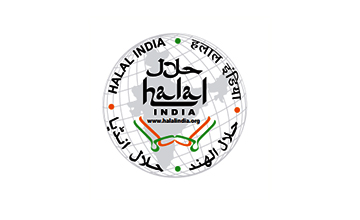Calcite/Limestone
.jpg)
Limestone is a naturally occurring rock that is crushed & processed to produce a uniform granular material which when used in properly designed limestone contactors will allow the pH of finished water to be in the range of 7.2-8.3.
Limestone contactors are typically placed after filtration, primary disinfection & chlorine contact. With a limestone contactor, there is no chemical feed facility to maintain and no concern for over-feeding a chemical such as caustic soda.
KALIMATI® limestone complies with ASTM Standard C51-02 as “sedimentary rock consisting of mainly carbonate & containing no more than 0-5% magnesium carbonate”.
Uses of Limestone:
- Acid rain: The neutralization of acid lake water.
- Agriculture: Soil stabilization and pH control.
- Air quality: Neutralizes sulfur dioxide gases from industrial processes such as smelting metal ores and coal-fired generating stations.
- Aluminium
- Aggregate for concrete and road building.
- Artificial Waterfalls.
- Water treatment-drinking water clarification.
Design Conditions:
- Limestone contactors must be designed to treat the maximum flow of the plant.
- EBCT (Empty Bed Contact Time) is in the range of 20 to 40 minutes if water is less than 5 °C, otherwise, B EBCT in the range of 15 minutes to 1 hour have been used in successful contactor design.
- The water to be treated with a limestone contactor must have low iron and turbidity content.
- A water system should have a pH < 7.2, calcium < 60 mg/L and alkalinity < 100 mg/L.
- A special contactor design is required if the iron content is more than 0.2 mg/L & manganese content is more than is 0.05 mg/L.
This is due to possibility of the iron and manganese coating the contactor, and slows the calcium carbonate dissolution


.jpg)
.jpg)
